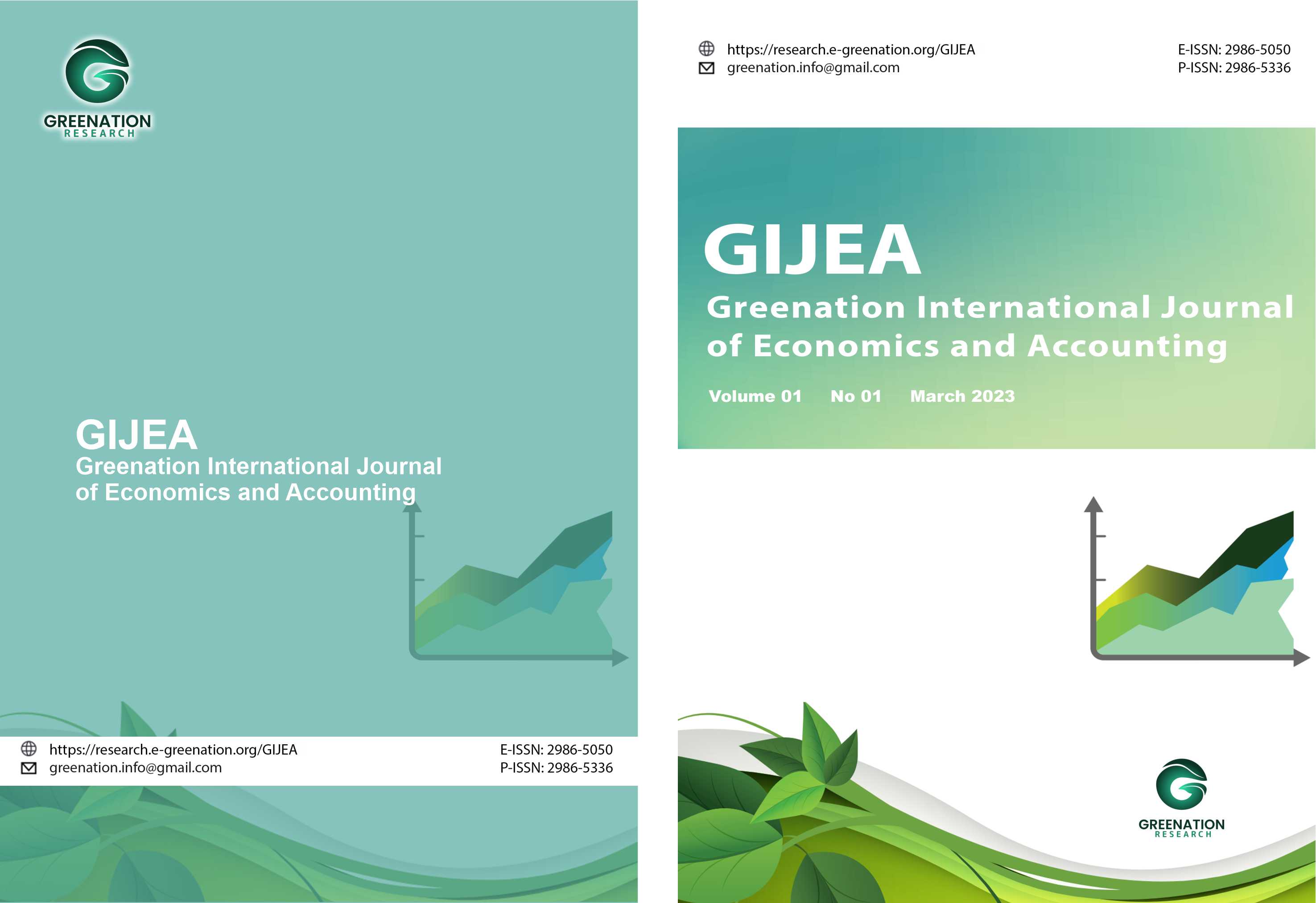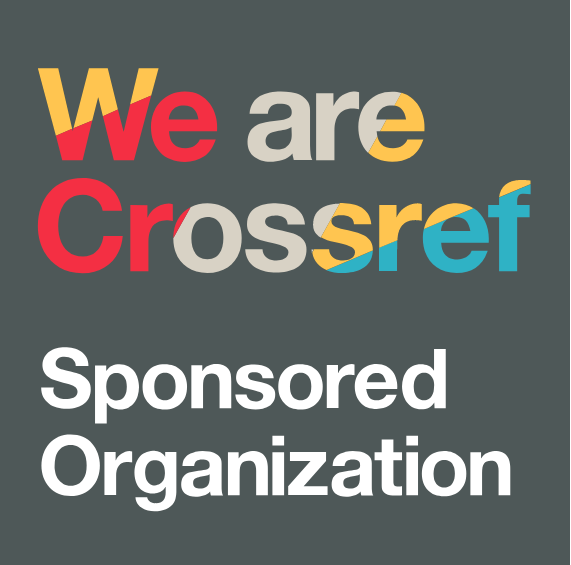How to Build Employee Motivation and Performance
DOI:
https://doi.org/10.38035/gijea.v1i2.38Keywords:
Leadership Style, Organizational Commitment, Motivation, Employee PerformanceAbstract
The purpose of this research is to assess how leadership style, organizational commitment, and motivation impact the performance of employees in the Manufacturing Industries of West Kalimantan. The study utilizes a combination of descriptive and explanatory surveys, with a sample size consisting of 450 employees. Path analysis is the chosen statistical analysis method for this research. The results of the study demonstrate that leadership style, organizational commitment, and work motivation collectively exert a positive and substantial influence on employee performance within the Manufacturing Industries of West Kalimantan. Additionally, it is apparent that motivation plays a prominent role in shaping employee performance.
References
Bernardin, H. Jhon and Russell, Joyce E. A. 2007. Human Resouce Mangement, New York : Mc Graw – Hill Inc.
Cahyono, Dwi, dan Ghozali Imam. 2002. Pengaruh Jabatan, Budaya Organisasi, dan Konflik Peran Terhadap Hubungan Kepuasan Kerja dengan Komitmen Organisasi. Jurnal Riset Akuntasnsi Indonesia, Vol 5. No.3.
Charles O’Reilly. 2000. Corporations, Culture and Commitment: Motivation and Social Control in Organizations, Psychologycal Dimensions of Organizational Behavior. Edition. Barry M Staw. New Jersey. Prentice Hall.
Fakultas Ekonomi Universitas Persada Indonesia. 2010, Pedoman Penulisan Tesis Untuk Magister Manajemen, Jakarta, Universitas Persada Indonesia Y.A.I.
Gibson, James L. Invancevich, Jhon M., dan Donnelly, James H. Jr.2007. Organisasi. Alih Bahasa Ir. Nunuk Ardiani, MM. Jakarta: Bina Aksara.
Ghozali, Imam. 2007, Aplikasi Analisis Multivariate Dengan Program SPSS. Semarang: Badan Penerbit Universitas Diponogoro.
Gujarati, Damodar & Sumarno Zain. 2006. Ekonometrika Dasar. Jakarta : Erlangga.
Hasibuan, Malayu S.P. 2007. Organisasi dan Motivasi, Jakarta :PT Bumi Aksara,
__________2009. Manajemen Dasar, Pengertian, dan Masalah. Jakarta: PT. Bumi Aksara
Kreitner, R & Kinicki, Angelo. 2008. Organizational Behavior, Eighth Edition. America.
Mangkunegara, Anwar Prabu. 2007. Manajemen Suber Daya Manusia Perusahaan. Bandung : PT. Remaja Rosdakarya.
Masu’d Fuad. 2004. Survei Diagnosis Organisasioal Konsep dan Aplikasi. Semarang. Universitas Diponogoro.
Morrison; J and Sherman, J. 2009, General izability of an organizational commitment model. Academy of management journal.
Nawawi, Hadari. 2007. Kepemimpinan yang efektif. Jakarta: Binaman.
Panggabean, mutiara S. 2002. Manajemen Sumber Daya Manusia. Jakarta : Ghallia Indonesia.
Siagian, P Sondang, 2007. Kiat Meningkatkan Produktivitas Kerja, Jakarta: Rineka Cipta, Cetakan Pertama.
Sugiyono. 2007. Metode Penelitian Administrasi, Bandung, Alfabeta.
Umar, Husein. 2002. Evaluasi kinerja perusahaan, teknik evaluasi bisnis dan kinerja perusahaan secara komperhensif, kuantitatif, dan modern. Jakarta, PT Gramedia Pustaka Utama.
Saydam, Gouzali. 2006. Built in training “Jurus Jitu Mengembangkan Profesionalisme SDM”. Bandung, PT Remaja Rosdakarya
Payaman J. Simanjuntak. 2005. Manajemen dan Evaluasi Kinerja. Jakarta, Fak.Ekonomi UI 2005
Luthans, Fred 2005. Perilaku Organisasi, Edisi Sepuluh, Yogyakarta, ANDI Yogyakarta.
Sopiah. 2008. Perilaku Organisasi, Yogyakarta, ANDI Yogyakarta.
Stephen P. Robbins. 2008.Perilaku Organisasi, edisi 12, buku 1, Jakarta, Penerbit Salemba Empat.
Yukl, Gary. 2007. Kepemimpinan Dalam Organisasi, Edisi Kelima. Jakarta, PT Indeks.
J. Sumarno. 2005. Pengaruh Komitmen Organisasi Dan Gaya Kepemimpinan Terhadap Hubungan Antara Partisipasi Anggaran Dan Kinerja Manjerial.
Kuncono, 2005, Diklat Aplikasi Komputer Psikologi. Jakarta, Fakultas Psikologi, Universitas Persada Indonesia Y.A.I
Sarlito W Sarwono. 2005. Psikologi Sosial : psikologi kelompok dan Psikologi Terapan, Jakarta, Balai Pustaka.
Downloads
Published
How to Cite
Issue
Section
License
Copyright :
Authors who publish their manuscripts in this journal agree to the following conditions:
- Copyright in each article belongs to the author.
- The author acknowledges that the GIJEA has the right to be the first to publish under a Creative Commons Attribution 4.0 International license (Attribution 4.0 International CC BY 4.0).
- Authors can submit articles separately, arrange the non-exclusive distribution of manuscripts that have been published in this journal to other versions (for example, sent to the author's institutional repository, publication in a book, etc.), by acknowledging that the manuscript has been published for the first time at GIJEA.

























